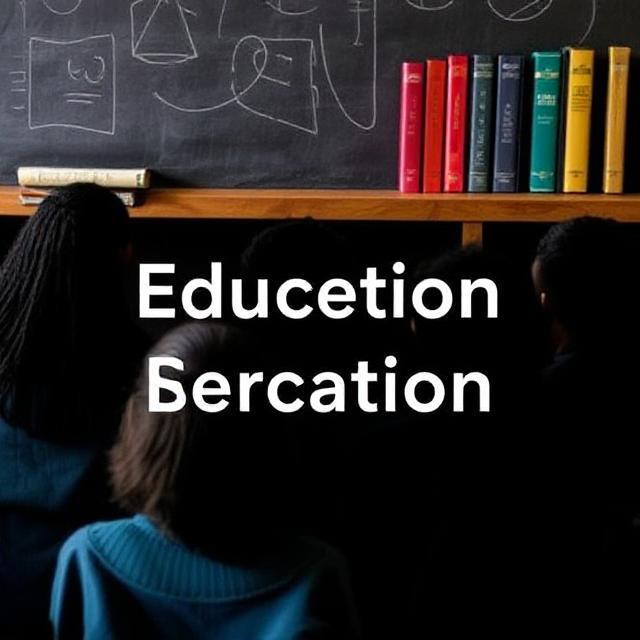Future of Online Learning has undergone a massive transformation over the past decade, with advancements in technology making education more accessible and personalized. The COVID-19 pandemic accelerated this shift, forcing institutions, educators, and students to adapt quickly to digital platforms. As we move forward, the future of online learning promises even greater innovation, efficiency, and interactivity. This blog explores the emerging trends and technologies shaping the next phase of e-learning.
1. Artificial Intelligence and Personalized Learning
Artificial Intelligence (AI) is revolutionizing online education by offering personalized learning experiences. AI-driven algorithms analyze student performance, learning patterns, and preferences to provide tailored content and recommendations. Adaptive learning platforms use AI to adjust difficulty levels based on a student’s progress, ensuring better engagement and comprehension. Chatbots and virtual tutors powered by AI also assist learners by answering queries instantly, providing real-time feedback, and enhancing the overall learning experience.
2. Virtual and Augmented Reality for Immersive Learning
Virtual Reality (VR) and Augmented Reality (AR) are set to redefine online education by making learning more interactive and immersive. VR enables students to explore virtual environments, such as historical landmarks, scientific laboratories, or even space expeditions, providing hands-on experience without leaving their homes. AR enhances textbooks and traditional learning materials by overlaying digital elements onto real-world objects. These technologies are particularly useful in fields like medicine, engineering, and architecture, where practical experience is essential.

3. Gamification for Enhanced Engagement
Gamification is another trend that will continue to gain traction in online learning. By integrating game elements such as rewards, leaderboards, and interactive challenges, educators can make learning more enjoyable and engaging. Gamified learning platforms boost motivation and retention rates by encouraging students to complete tasks and achieve milestones. This approach is particularly effective for younger learners and corporate training programs, where engagement is crucial for skill development.
4. The Rise of Microlearning
Microlearning, which involves delivering content in short, focused segments, is becoming increasingly popular. Instead of lengthy lectures or courses, learners can access bite-sized modules that cover specific topics within a few minutes. This approach aligns with the fast-paced nature of modern life, making education more flexible and convenient. Microlearning is highly effective for skill-based training, professional development, and continuous learning.
5. Blockchain Technology for Credentialing and Security
Blockchain technology is playing a vital role in the future of online learning by ensuring security, transparency, and credibility in credentialing. Digital certificates and degrees stored on a blockchain network cannot be altered or forged, making them more reliable for employers and institutions. This decentralized system also allows learners to have full control over their academic records, simplifying the verification process for job applications and further studies.
6. The Integration of 5G and Edge Computing
With the rollout of 5G technology, online learning platforms will experience faster connectivity, reduced latency, and improved access to high-quality multimedia content. 5G will enhance real-time collaboration, enabling seamless live lectures, video conferencing, and interactive sessions. Edge computing will further optimize the performance of online learning platforms by processing data closer to the user, reducing the load on central servers, and ensuring smoother interactions.
7. Hybrid Learning Models
The future of online education is not entirely digital; hybrid learning models that blend online and offline experiences are gaining momentum. Many institutions are adopting a mix of virtual and in-person sessions to offer the best of both worlds. Hybrid learning allows students to benefit from the flexibility of online courses while still engaging in hands-on activities, group discussions, and practical sessions in physical settings.
8. Social Learning and Collaboration
Social learning is an essential aspect of education, and online platforms are integrating features that encourage peer-to-peer interactions. Discussion forums, group projects, and collaborative tools enable students to learn from each other and share insights. Live-streamed classes and webinars with interactive Q&A sessions also contribute to a more engaging and community-driven learning experience.
9. Focus on Soft Skills Development
While technical knowledge is important, the demand for soft skills such as communication, problem-solving, leadership, and emotional intelligence is on the rise. Online learning platforms are incorporating modules specifically designed to develop these skills through interactive courses, real-world scenarios, and role-playing exercises. Employers value candidates with strong soft skills, making this an essential component of future education.

10. Lifelong Learning and Subscription-Based Models
Education is no longer confined to a specific phase of life; lifelong learning is becoming the norm. Many professionals seek continuous skill upgrades to stay relevant in their industries. Subscription-based models, similar to streaming services, are emerging in online education, allowing learners to access a wide range of courses for a monthly or annual fee. This model makes education more affordable and encourages learners to explore diverse subjects.
Conclusion
The future of online learning is bright, with technological advancements driving innovation and accessibility. AI-powered personalization, immersive experiences through VR and AR, gamification, and hybrid models are transforming how people learn. As online education continues to evolve, it will become more engaging, inclusive, and efficient, catering to diverse learning needs worldwide. Institutions, educators, and learners must embrace these changes to make the most of the opportunities that lie ahead. The key to success in the digital learning era is adaptability and a commitment to continuous learning.


























